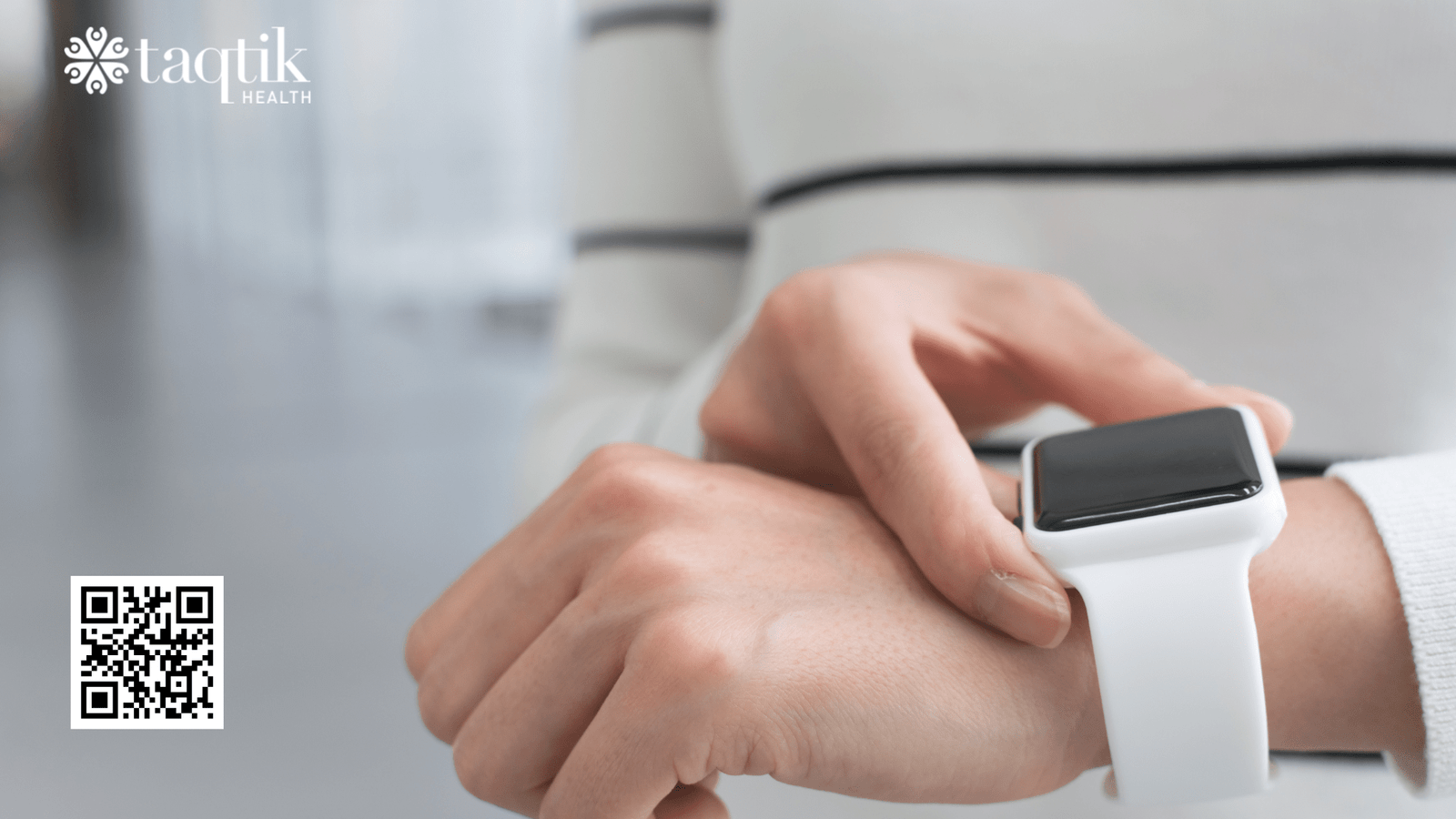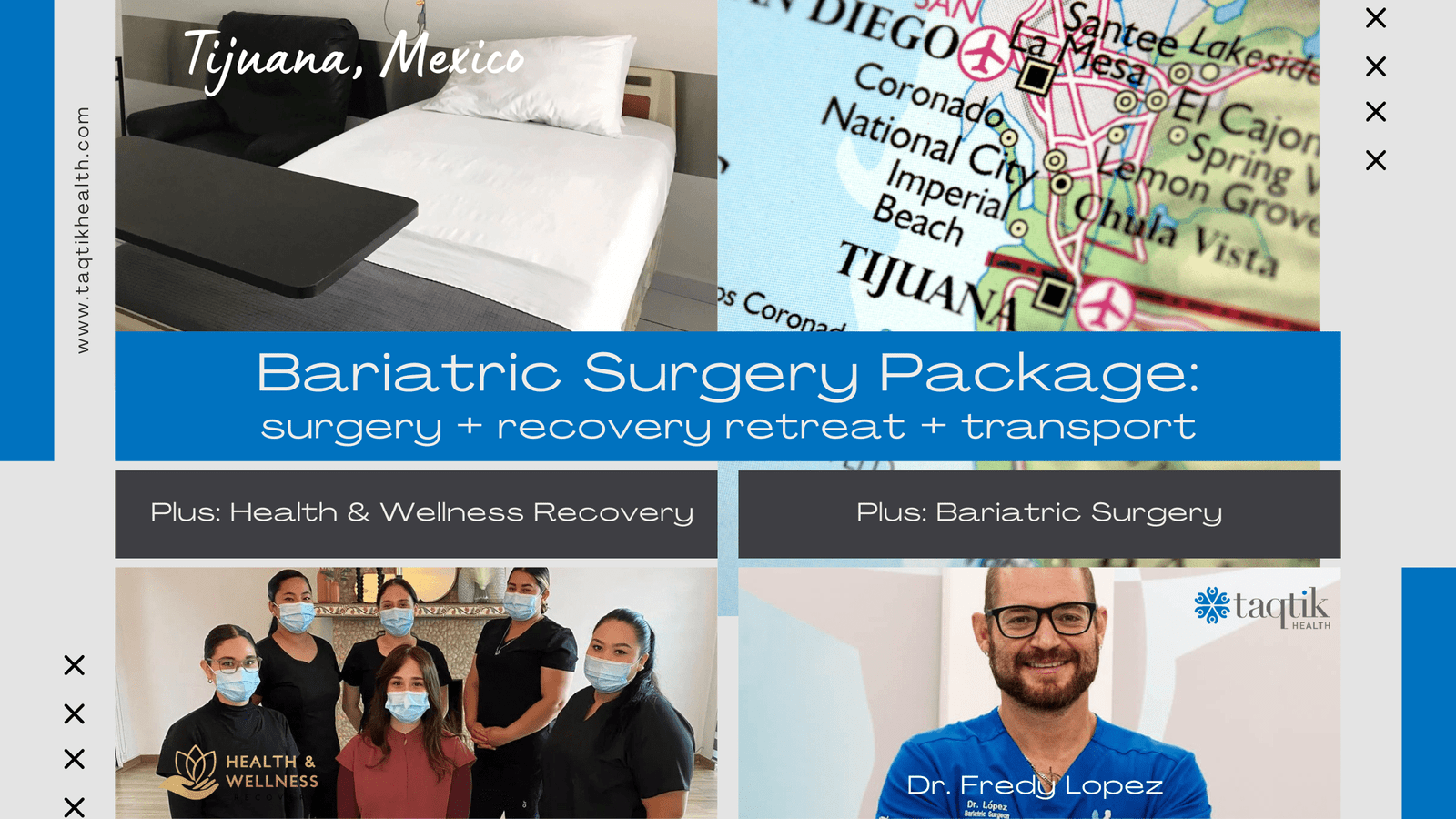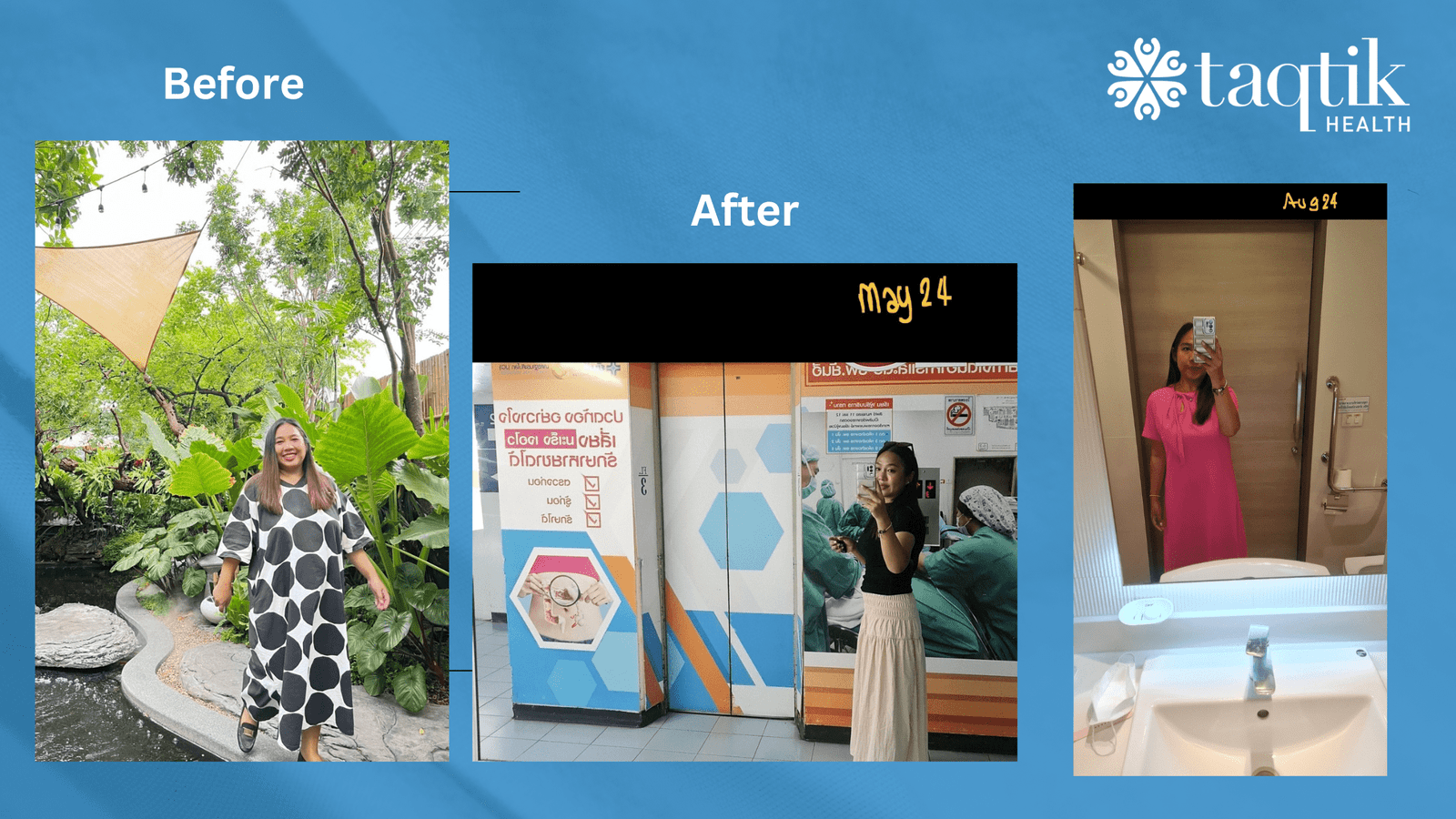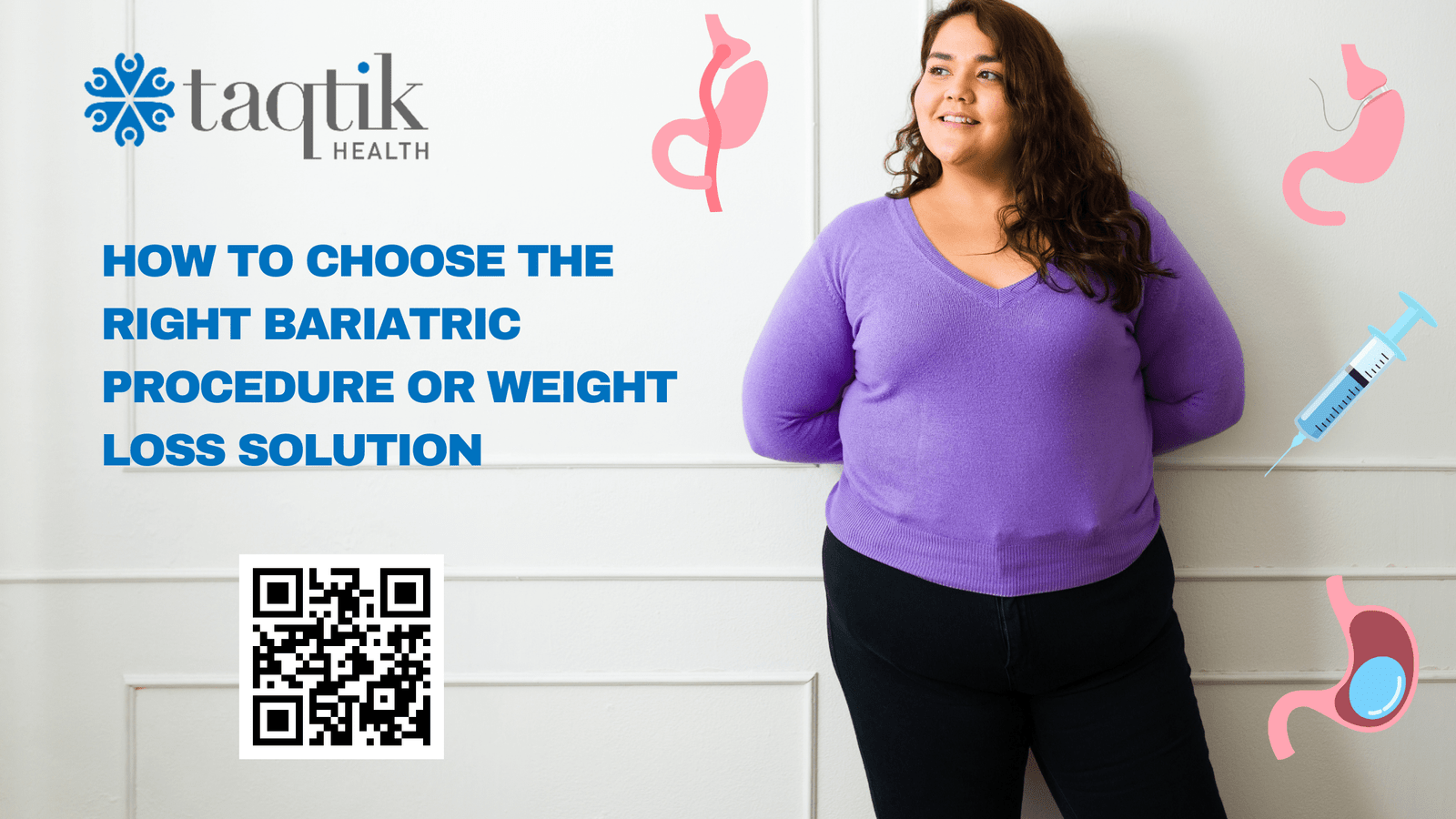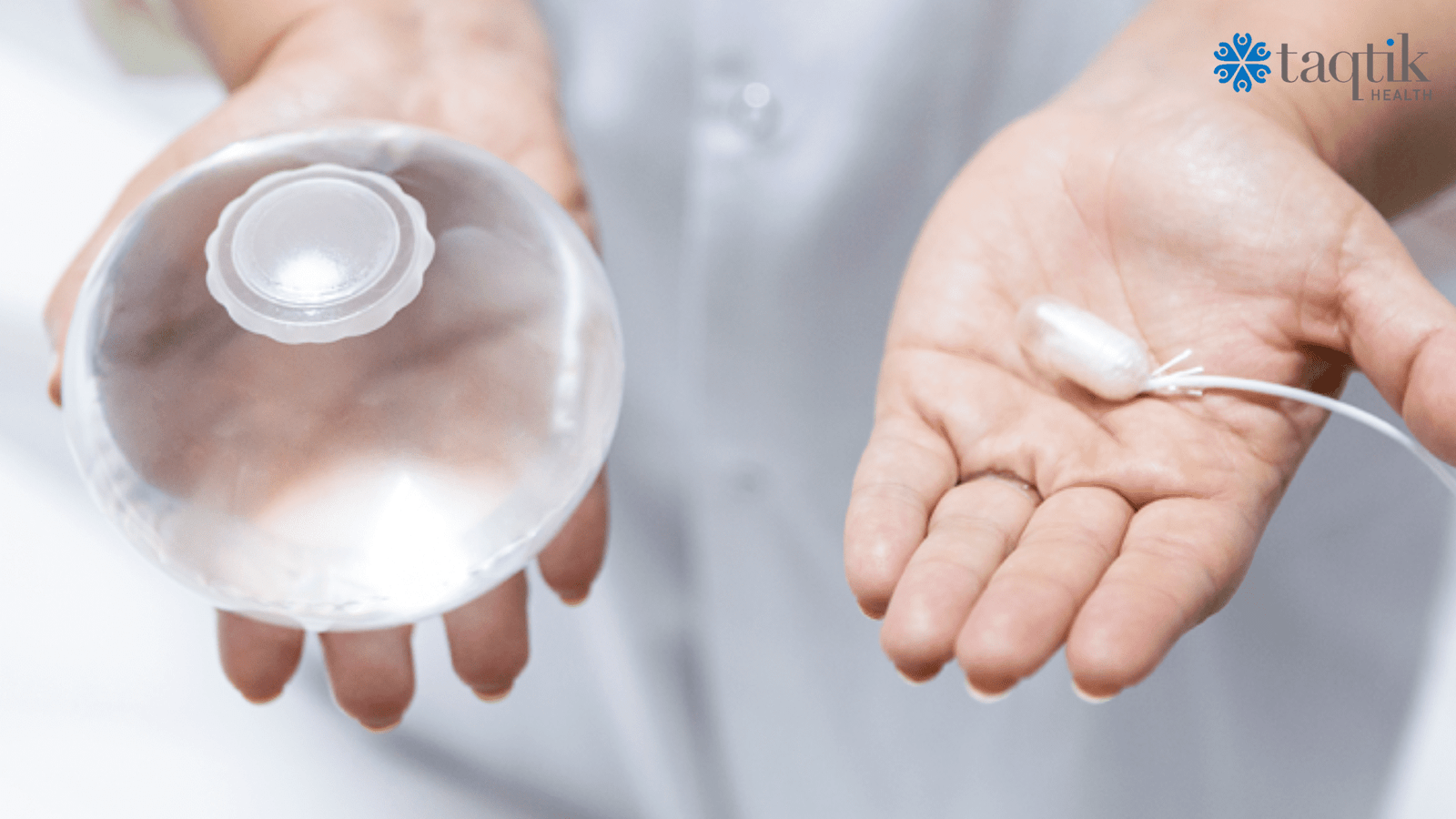Remote Patient Monitoring (RPM): Revolutionizing Postoperative Care for Bariatric Surgery
The landscape of bariatric surgery is evolving, with technological advancements like Remote Patient Monitoring (RPM) leading the charge in enhancing patient outcomes and operational efficiencies. Taqtik Health delves into the transformative impact of RPM on bariatric surgery, underscoring its potential to redefine patient care and success in the long term.
Elevating Patient Safety and Success
RPM technology has proven to be a game-changer in the realm of outpatient bariatric surgery, particularly for procedures such as sleeve gastrectomy. This minimally invasive approach, which has become increasingly popular, benefits significantly from RPM's ability to provide continuous, real-time monitoring. Studies have shown that RPM facilitates high adherence to monitoring protocols, even among high-risk patients, thereby elevating patient safety and the overall success rates of bariatric procedures.
The value of RPM extends beyond the immediate postoperative period, offering benefits like reduced emergency presentations, hospital admissions, and lengths of stay for various conditions. For bariatric surgery patients, specifically, RPM can play a crucial role in the continuity of care, ensuring that patients receive the necessary support and intervention promptly, which is vital for their long-term weight management and overall health. Reference.
Reducing Healthcare Costs Through Outpatient Care
The transition towards outpatient settings for bariatric surgery, supported by RPM, is not just a testament to the safety and effectiveness of such procedures but also a cost-effective move. By minimizing the need for hospital stays, RPM enables significant healthcare cost savings, making bariatric surgery accessible to a broader range of patients.
Continuous Care and Long-term Success
The benefits of RPM extend beyond the immediate postoperative phase. It plays a crucial role in ensuring continuous care, significantly reducing the rates of emergency visits, hospital readmissions, and length of stay for complications. For bariatric patients, RPM offers a seamless continuity of care, crucial for long-term weight management and overall health improvement.
One study highlighted the successful implementation of RPM in an outpatient setting for bariatric surgery, specifically sleeve gastrectomy, which is the most performed bariatric procedure in the U.S. This approach demonstrated high levels of adherence to monitoring protocols, even in patients considered higher risk, such as those with obstructive sleep apnea. By utilizing RPM technology, healthcare providers were able to perform surgeries in an outpatient setting without compromising patient safety. This not only reduced the need for hospital stays but also showed potential for significant cost savings, making it a viable option for more patients. Reference
The Future of Bariatric Surgery with RPM
RPM's integration into bariatric care signifies a shift towards more personalized, responsive healthcare delivery. It highlights the potential of technology to improve the quality and accessibility of care for patients undergoing life-changing procedures like bariatric surgery.
As healthcare continues to embrace digital transformations, RPM stands out as a pioneering solution in the journey towards more efficient, patient-centered care. Taqtik Health remains at the forefront, exploring and implementing innovative solutions like RPM to enhance patient experiences and outcomes in bariatric surgery and beyond.
In conclusion, RPM is more than just a technological innovation; it's a pathway to safer, more effective, and cost-efficient bariatric care. As the healthcare industry moves forward, the adoption and integration of such technologies will undoubtedly play a pivotal role in shaping the future of bariatric surgery and patient care at large.
Post-Bariatric and GLP-1 Post-Care to Maximize Results
Post-Bariatric and GLP-1 Post-Care to Maximize Results | Taqtik Health Introduction Undergoing bariatric surgery or starting GLP-1 (glucagon-like peptide-1) agonist treatments like semaglutide (Ozempic, Wegovy) or tirzepatide (Mounjaro, Zepbound) is a major step toward long-term weight loss and improved metabolic health. But these treatments are only part of the journey. What you do after surgery...Continue reading→
Remote Patient Monitoring for Obesity: A Smarter Way to Support Surgical and Non-Surgical Patients
Losing weight and improving your health is a personal journey—and it doesn’t always require surgery. Whether you're preparing for bariatric surgery, recovering from it, or trying to manage your weight and health without surgery, one thing remains constant: support matters. At Taqtik Health, we believe long-term success comes from daily progress, consistent accountability, and expert...Continue reading→
How Remote Patient Monitoring (RPM) Supports Bariatric Surgery and Diabetes Care
Remote Patient Monitoring for Bariatric Surgery and Diabetes Management Choosing bariatric surgery or committing to better diabetes management is a life-changing decision—and it’s just the start of your journey to a healthier, happier you. Whether you’re preparing for surgery, healing afterward, or working to manage diabetes, having the right support makes all the difference. That’s...Continue reading→
Advancing Value-Based Healthcare Through Cross-Border Health
At Taqtik Health, we are dedicated to delivering value-based healthcare by providing patients with affordable, high-quality, and patient-centered medical solutions. Our platform connects individuals with top-tier healthcare providers worldwide, ensuring they receive the best possible care at the best value through cross-border healthcare. How Taqtik Health Contributes to Value-Based Healthcare 1. Affordable, High-Quality Care Without...Continue reading→
Bariatric Center J.L. Prado in Tijuana, Mexico: Your Destination for Advanced Weight Loss Surgery
Bariatric surgery has become a life-changing solution for individuals struggling with obesity and its related health complications. In recent years, Tijuana, Mexico, has emerged as a leading destination for affordable and high-quality bariatric procedures. One of the most trusted names in this field is Bariatric Center J.L. Prado, where a team of skilled surgeons, cutting-edge...Continue reading→
Transform Your Life with Our Bariatric Surgery Promotion in Tijuana Mexico
Transform Your Life with Bariatric Surgery at J.L. Prado Surgical Center in Tijuana, Mexico, with Dr. Fredy Lopez Are you ready to take control of your health and achieve long-term weight loss? Taqtik Health is excited to offer a special promotion for bariatric surgery at J.L. Prado Surgical Center with the renowned Dr. Fredy Lopez,...Continue reading→
Bariatric Surgery Case Study: Kael Sangnam
Background: Kael Sangnam, a 37-year-old with a BMI of 34.7, had been struggling with several health issues, including sleep apnea, shortness of breath, and persistent back pain. Despite various attempts to manage her weight, these health conditions continued to affect her quality of life. Realizing that these conditions were closely linked to her weight, Kael...Continue reading→
How to Choose the Right Bariatric Procedure or Weight Loss Solution
Choosing the right weight loss solution is a deeply personal decision that depends on various factors, including your health, lifestyle, and goals. At Taqtik Health, we understand the complexities involved in making this choice and aim to provide you with comprehensive information to help you make an informed decision. This guide will explore the different...Continue reading→
Transformative Journeys with Taqtik Health: Sarah and Miguel’s Stories of Bariatric Surgery and Total Body Makeover
Introduction The decision to transform one's body and regain health is a profound and personal journey. For many individuals, bariatric surgery is a crucial first step towards achieving a healthier lifestyle. However, the journey doesn't end there. In this blog, we share the inspiring stories of Sarah and Miguel, who chose Taqtik Health to assist...Continue reading→
How to Choose Your Ideal Destination for Bariatric Surgery: Cost Considerations and Factors
Welcome to Taqtik Health, where we pride ourselves on helping you make well-informed healthcare decisions. Bariatric surgery is a life-changing procedure, and choosing the right destination for your surgery is crucial for a multitude of reasons. To make your decision easier, we've put together this comprehensive guide featuring top medical tourism destinations for bariatric surgery:...Continue reading→



